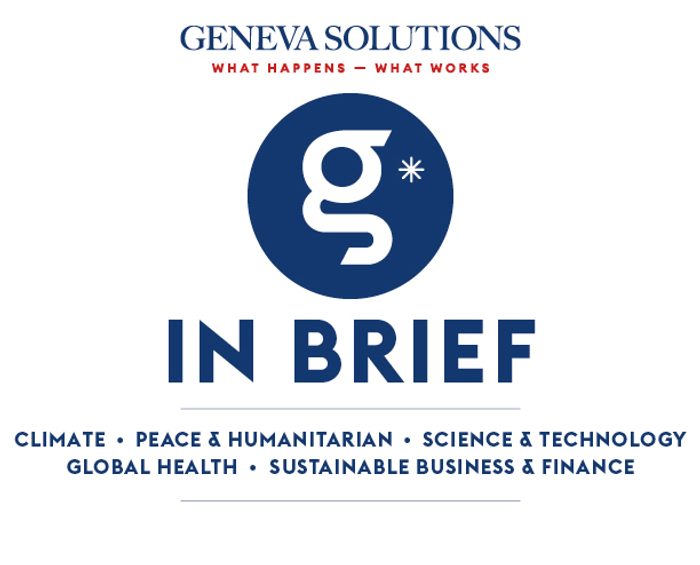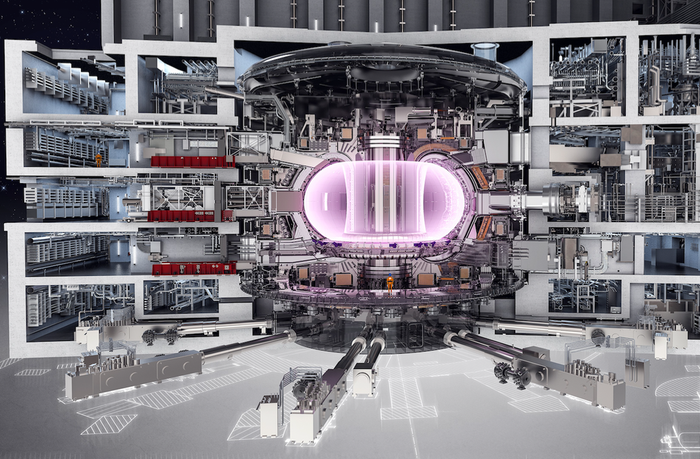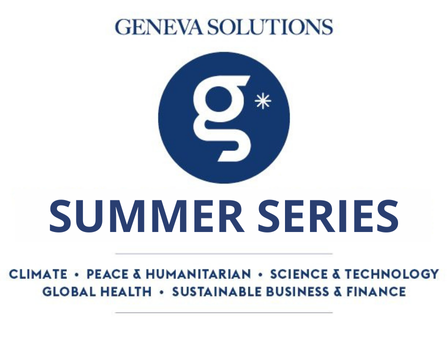|
The multiple case for nuclear fusion energy.
Over just the last week, news have popped up that: 1. the UK wants to build the first nuclear fusion power station, 2. China is turning on its “artificial sun” (a tokamak), and 3. that US physicists are rallying around their own national ambitious plan (see below). In the wake of nationalism moves observed in different fields, does that mean that multilateral efforts in nuclear fusion research are vain? That the ITER project which, within an international consortium, is currently building a fusion reactor in southern France, is in a dead-end? It is true that the complexity and the ever rising costs (now $22.5bn) of this gigantic experiment, which should be switched on in 2025 (at most), have aroused disappointment, discouragement if not skepticism...
It is actually exactly the opposite! ITER was conceived decades ago to study the scientific feasibility of using nuclear fusion as a sustainable, almost endless and safe source of energy. It is a research tool, and has been designed with the technologies that are at disposal as of today. But, if nuclear fusion is to be used all over the world to light up the bulbs in our living rooms, further similar power plants will have to be much smaller and cheaper. Moreover, they will leverage the most recent advances in science and technology (supercomputer simulations of entire tokamaks, 3D printing parts, use of magnet coils made of high-temperature superconductors, which barely exist today). In that sense, having various initiatives across the world, even on national levels, to plan for those next steps, should be seen as very positive.
-Olivier Dessibourg
(EN)
|









